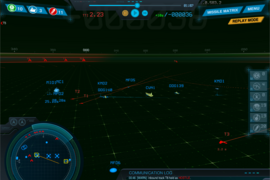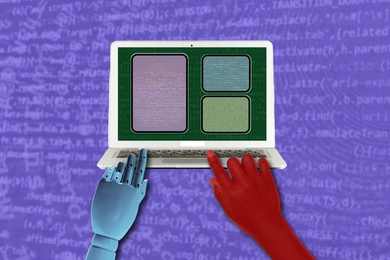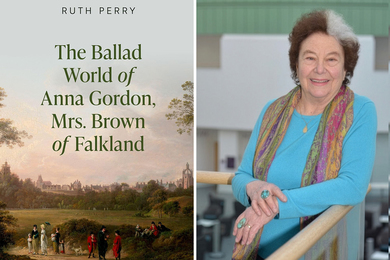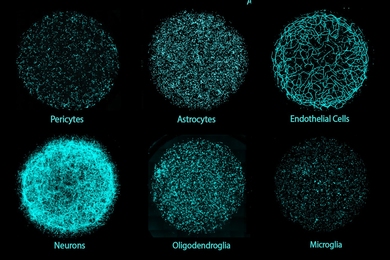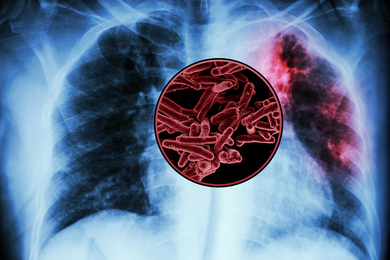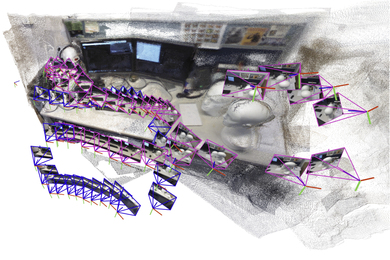The MIT Reserve Officer Training Corps (ROTC) unveiled its new high-tech teaching lab at the Joint Military Simulator opening ceremony on Jan. 29.
The Joint Military Simulator, located in Building W59 (Heinz Building), is a combined effort among staff members of the naval science, military science, and aerospace studies departments. The simulator provides supplemental training to the ROTC curriculum, and enhances the leadership and military skills training of future officers commissioned through the MIT ROTC program. Naval ROTC midshipmen and cadets from Army ROTC and Air Force ROTC will be able to train with software developed by the respective military services designed for ship handling, command and control, and small-unit leadership and tactics.
Midshipman Faith Huynh, a sophomore aerospace engineering major at MIT, looks forward to using the Mariner Skills Simulator, a naval software component of the lab. “Captain Benke and Dean Freeman’s opening words really highlighted the utility and opportunity that we are being given,” she said. The Mariner Skills Simulator creates a virtual ship-handling environment that enhances students’ skills in maritime navigation and in bridge resource management (managing personnel and logistics on the bridge of a ship), to prepare them as future naval officers.
In addition to members of the MIT ROTC community, the ceremony was attended by Dean for Undergraduate Education Dennis Freeman and William Cavanaugh ’51, a retired colonel and member of the MIT Alumni Fund Committee. “The capabilities of this facility fit well with MIT’s vision of its future, as articulated in a recent findings of the Presidential Task Force on the Future of Education at MIT,” Dean Freeman said. Among the 16 recommendations, the July 2014 report encourages pedagogical innovation and game-based learning.
The Joint Military Simulator was made possible through a grant provided by the Office of the Dean for Undergraduate Education and by alumni class funds.

